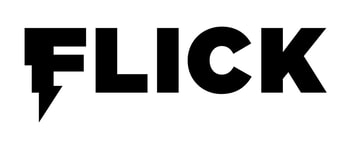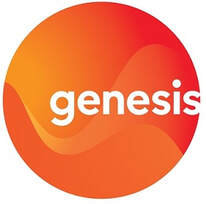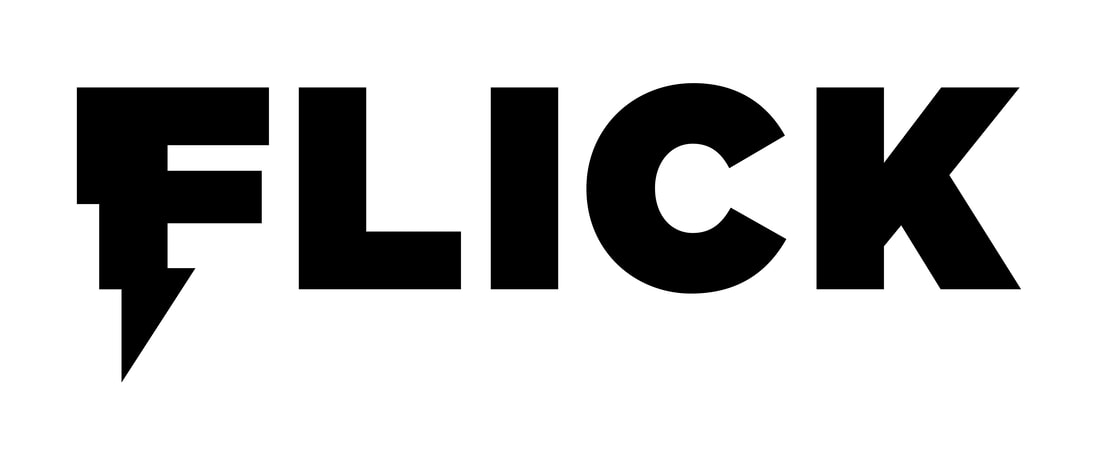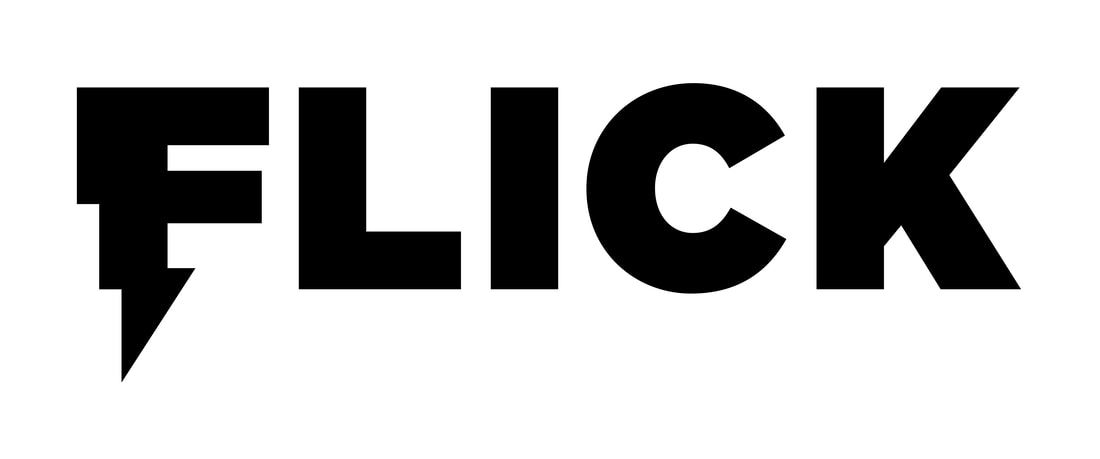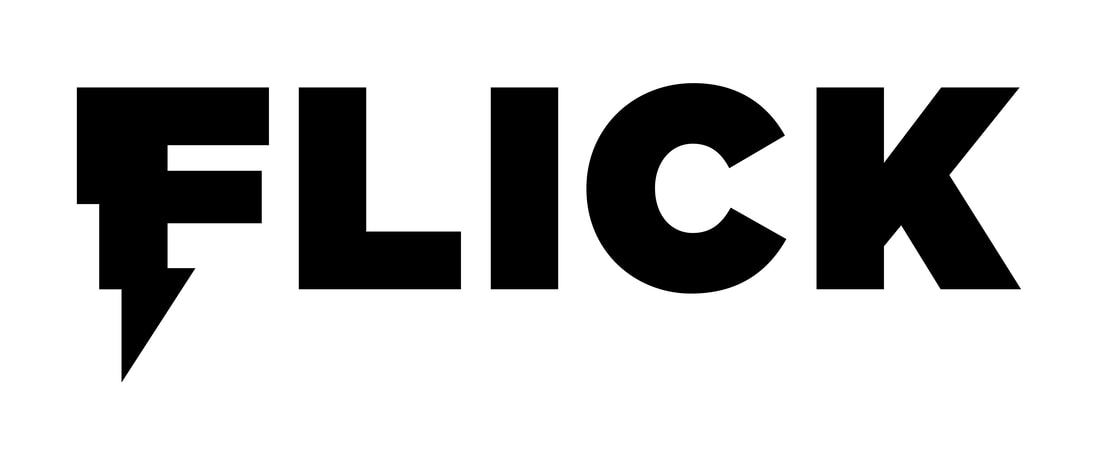Flick Electric Review - Prices, Discounts, Deals, Tariffs and Fees
Our guide explains Flick Electric's pricing, bonuses, contracts, pros and cons and must-know facts, and how it compares to other power companies for residents of Auckland, Wellington, Christchurch and Dunedin.
Updated 10 July 2024
Flick Electric in a Nutshell
Our review: To help you understand how Flick Electric works and the pros and cons of their services, our guide covers:
Flick Electric in a Nutshell
- Flick Electric is a small but significant player and is majority-owned by Z Energy.
- Although Flick Electric does not own or operate any generation plant, its successful marketing strategy has allowed it grow to around 27,000 connections (around 2% of the energy market). It's a vocal critic of the electricity industry, and is reliant on the wholesale prices to on-sell to its customers. In 2021 it temporarily stopped taking on new customers given the pricing uncertainty, alongside other power companies. Flick are currently taking on customers now.
- Flick launched as a wholesale price retailer. This meant that their customers' electricity prices changed every thirty minutes. For example, if there was a shortage (cold nights, lack of rain to fill hydro lakes etc.), electricity prices would go up. However, Flick has confirmed that due to 'ongoing high wholesale prices' wholesale plans are no longer offered to new customers. Now, Flick's prices are fixed.
- Plans and Pricing: Flick Electric offers two core plans, the Flat Plan (which is a fixed-rate plan), and the Off Peak Plan (which is a variable-rate plan).
- As a point of differentiation, Flick offers a benefit called the 'Flickin' Best Plan Promise', a feature of both Flat and Off Peak plans. In a nutshell, Flick reviews each customer's power usage every 90 days, specifically looking at the times of day power is used. Flick then calculates the variable kWh and fixed daily charge and compares it against the rates of Flat and Off-Peak pricing plans. By doing so, Flick can determine if there's a better plan the customer could be on. More details about the best plan promise can be found here. The idea is to save its customers money by monitoring real-time use and finding the best plan.
Our review: To help you understand how Flick Electric works and the pros and cons of their services, our guide covers:
Our Price Leading Power Companies - Fixed Term and Open Term
Getting quotes is an essential step before you switch. Our pricing tables and power comparison research look at average uses, Genesis leads with fixed-term offers and Flick leads with open terms.
Fixed Term: Special Offer With Our Partner Genesis - Rewarding New Zealanders Who Commit to a Great Value Genesis 12-Month Contract:
|
Open Term: Our Partner Flick - Putting the Power Back in Customers Hands:
|
1. Flick Electric Price Analysis
Our Price Comparison Research and Results:
- Our latest research revealed that Flick's plans for all major cities were competitive in some areas and around the upper median in others when it comes to standard users in Auckland, Hamilton, Wellington, Christchurch and Dunedin. Our power comparison guide has more details.
- Flick is, in a nutshell, a challenger that New Zealand needs. However, like many others, it's a retailer and at the mercy of generators. It has also called for their breakup, arguing it would lead to cheaper prices for households and businesses.
- With any decision making process, we suggest getting a quote and comparing it to other providers. You can get an estimate here. As with any power company, the exact prices depend on where you live in New Zealand and how much energy you use. You'll also need to have a smart meter.
- Compare Flick Electric's prices with the rest of the market here and get a direct quote here.
How green is Flick Electric?
- Despite being an electricity retailer and not a generator, Flick Electric actively promotes initiatives such as the Tree Registry that seek to help offset the carbon emissions produced by New Zealand households by planting trees.
- Flick Electric has also developed an application which provides real-time readings of the current energy carbon footprint in New Zealand so that you can adjust your power consumption accordingly.
- Flick Electric is Toitū carbonzero certified as well as a member of Climate Leaders Coalition which speaks volumes about its commitment to the environment.
- Despite the accreditation and commitment to the environment, Flick doesn't state how 'green' its electricity is and where it buys it from.
2. Flick Electric Plans - "Flat" vs "Off Peak"
Flick Electric currently offers two residential plans, the Flat Plan and the Off Peak Plan. Each of these plans is available for both standard and low users, and share many benefits regardless of the contracting conditions.
Flick Electric Flat Plan Review
- Flick Electric's Flat Plan is aimed at Kiwi households looking for a simple fixed-rate plan that guarantee a flat rate 24 hours a day.
- The Flat Plan is suitable for people who use energy the most during peak times (7am to 9am and 5pm to 9pm), don't want to to think too much about when they use power or find it difficult to shift their usage to off peak times.
- This plan is a arguably a good option for households looking for a plan that offers a predictable electricity bill from month to month.
- There are not fixed time contracts, thus there are no break fees but usually a 30-day notice period for changes applies
The Pros:
- A predictable and transparent rate paid every day, any time of the day
- No exit fees
- Enhanced control over your power bill thanks to Bill Smoother which rounds up bills in warmer months to help build up credit for winter months, thus reducing bill shocks
- You can monitor electricity prices, personalized carbon footprint data, and more using Flick’s app available both for Android and iOS devices
- Weekly, fortnightly, or monthly billing using direct debit or credit card payments
The Cons:
- Not able to benefit from off peak pricing
- You need a smart meter installed to be able to join this plan
Special Shoutout to our Partner Flick Electric - Putting the Power Back in Customers Hands
|
Flick Electric Off Peak Plan Review
- Flick Electric's Off Peak Plan is a solid choice for Kiwis who feel comfortable adjusting their power consumption to take advantage of off-peak times
- Prices during off peak hours (11am to 5pm and 9pm to 7am and during the weekend) are 24 - 60% cheaper thank at peak times (depending on your network). Please note that 11am to 5pm is not considered off peak for the ORION network in Christchurch.
- Our opinion is that the Off Peak Plan can be a good alternative for New Zealand families who are willing to relax their energy consumption habits to adjust to periods of low demand.
- You can use the Flick app to keep track of your off-peak times
The Pros:
- Saves money by shifting your usage to off-peak times
- No fixed-term contract
- Enhanced control over your power bill thanks to Bill Smoother which rounds up bills in warmer months to help build up credit for winter months, thus reducing bill shocks
- You can monitor your personalized carbon footprint data, and more using Flick’s app available both for Android and iOS devices
- Weekly, fortnightly, or monthly billing using direct debit or credit card payments
Cons:
- You need a smart meter installed to be able to join this plan
3. Flick Electric Conclusion - Flat Plan vs Off Peak Plan
To determine which plan best suits your needs, you’ll need to consider the following:
- Total energy consumption (kWh) per year: Given the nature of Flick Electric's plans, neither the energy consumption of your household nor your type of user (low user or standard user) plays a determining role in choosing the best plan. Both plans are committed to a conscious use of electricity. The main determining factor when choosing between their plans would be whether or not you would tailor your usage to take advantage of off peak times.
- Flexibility and convenience: Both plans have no fixed-term contracts and no exit fees
- Additional benefits: There are occasional sign-up bonuses. The Flick app lets you track your carbon footprint and off peak times so you can save money if you are on the Off peak plan. The Bill Smoother lets you pay a constant monthly amount, by overpaying on the cheaper summer months you build up credit for the more expensive winter months.
4. Flick Electric Frequently Asked Questions
To help you decide if Flick Electric is right for your home, we've published a number of frequently asked questions.
What does Flick Electric cost per month, and is it the cheapest?
What you pay depends on where you live, how much energy you use and what plan you're on. Our electricity comparison guide has more information about estimated costs and how it compares to other companies.
Is Flick Electric available at my address?
You'll need to type in your address to see if you're covered. You'll need to have a smart meter installed to be eligible to join Flick.
What does a Flick Electric bill look like, and how do I pay?
This page explains the charges that make up your bill. Flick Electrical accepts direct debits and credit cards - your can read more from their ways to pay your power bill guide.
Does Flick Electric use renewable sources of electricity?
Flick Electric does not generate electricity on its own, nor does it operate any power plants. However, it constantly supports initiatives that seek to reduce the carbon footprint in New Zealand, and additionally promotes initiatives such as Tree Registry in support of the environment. Furthermore, Flick offers a carbon tracker on their app which gives you live updates on your carbon impact.
Special Shoutout to our Partner Flick Electric - Putting the Power Back in Customers Hands
|

